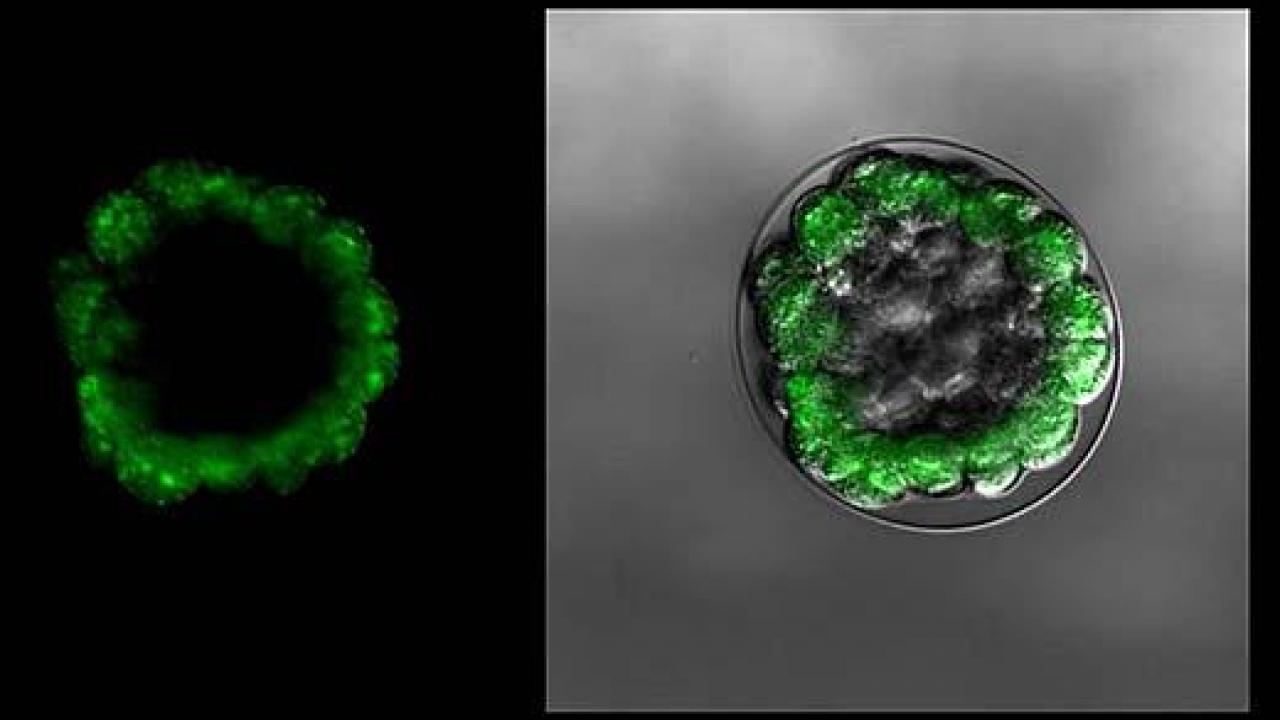
Nanomaterials in Sunscreens and Boats Leave Marine Life Vulnerable
Nanomaterials commonly used in sunscreens and boat-bottom paints are making sea urchin embryos more vulnerable to toxins, according to a study from the University of California, Davis. The authors said this could pose a risk to coastal, marine and freshwater environments. The study, published in the journal Environmental Science and Technology, is the first to show that the nanomaterials work as chemosensitizers. In cancer treatments, a chemosensitizer makes tumor cells more sensitive to the effects of chemotherapy. Similarly, nanozinc and nanocopper made developing sea urchin embryos more sensitive to other chemicals, blocking transporters that would otherwise defend them by pumping toxins out of cells. Read more at UC Davis News.
